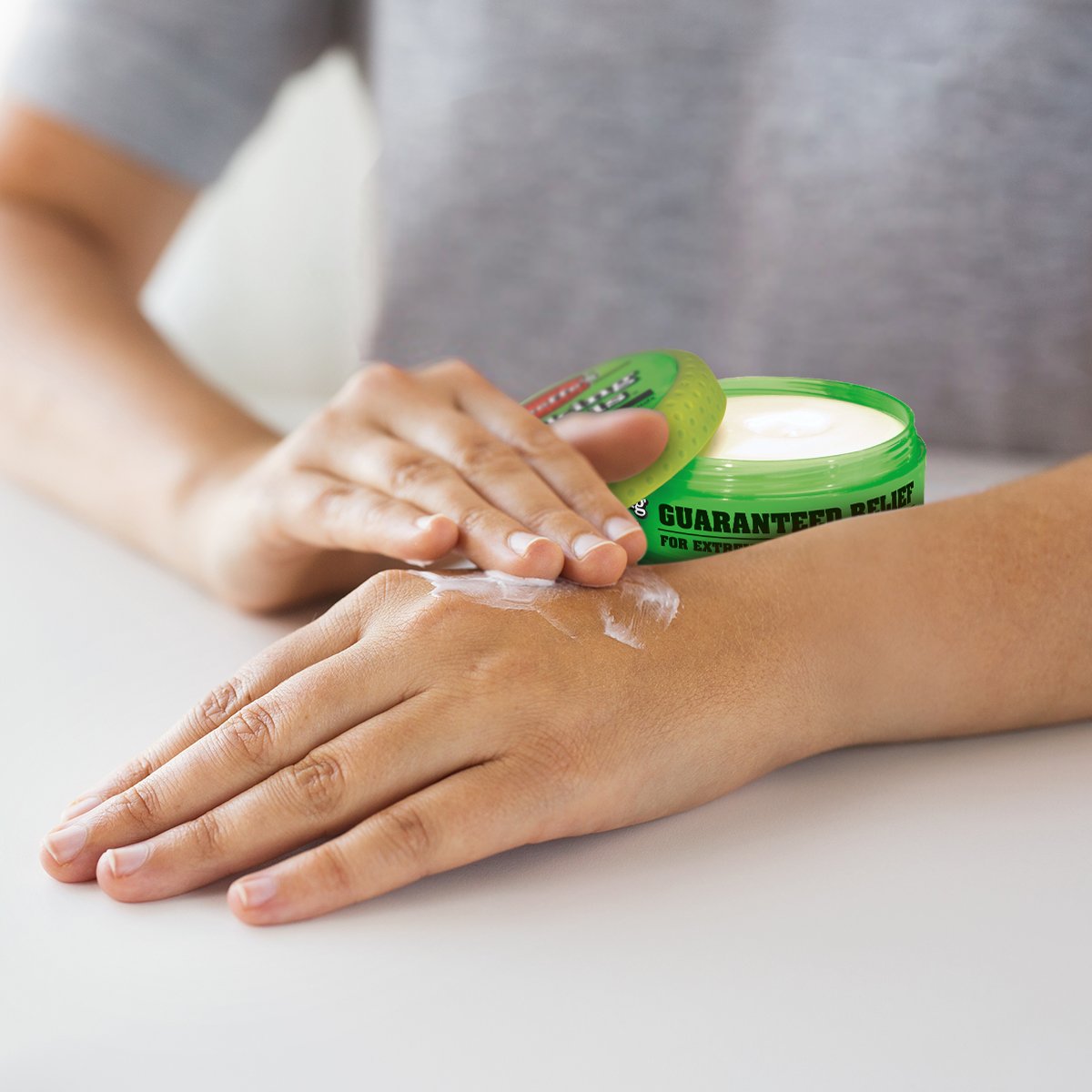Dry Skin on the Hands

Dry hands are an incredibly common complaint, especially during the cooler months. Though it isn’t usually medically serious, it can have significant impact, making even the simplest everyday tasks feel painful.
Essentially, dry, cracked hands occur when the skin cannot retain sufficient moisture to remain adequately hydrated. This can be the result of a number of factors ranging from environmental stressors to certain health conditions.
In order to best address your dry hands, you need to first identify the key causes.
What are the Common Causes of Dry Hands?
- Climate
During the winter months the humidity in the air tends to be especially low. Exposure to this cold, dry air can sap the moisture from the skin leaving the hands stripped of their natural protective oils and unable to stay hydrated.
- Environmental irritants
Irritants such as harsh soaps, chemicals or alcohol-based hand sanitisers can also contribute to dry hands. Individuals who work in professions that require frequent hand-washing or exposure to irritants are often particularly affected, like nurses.
- Medical Conditions
In some cases, dry hands can be the result of an underlying medical issue such as Lupus or Diabetes, as well as certain skin conditions including; psoriasis or eczema.
Fortunately, there are a number of steps that can be taken to prevent and relieve dry hands. If the condition is the result of an underlying medical issue, however, then it’s important to consult with your GP for advice.
How to Prevent and Relieve Dry Hands
A good hand moisturiser can go along way towards both preventing and easing the discomfort of dry, cracked hands, but it’s important to use the right one.
Look for a thick, rich cream containing emollients and humectants for best results. Humectants pull in moisture from the environment to increase the skin’s water content, these include; glycerin, hyaluronic acid, sorbitol, propylene glycerol, urea and lactic acid. Emollients help lubricate the surface of the skin. Common emollients include isopropyl, palmitate, and glycerol stearate to name but a few.
In addition to the use of a quality hand cream, it can be helpful to make certain adjustments to your every day routine. For example, rather than washing hands in hot water, try to use lukewarm water instead. Though there may be times where the use of an alcohol-based hand sanitiser is indeed the best, or only option—where possible, use a moisturising soap that’s free of irritating additives instead.
After washing your hands, pat to dry and apply a moisturiser to seal in hydration. Given that the prevalence of dry hands is at its peak during the colder months, it’s a good idea to protect your hands from the cold, dry wind when you’re outdoors. If you’re in an especially chilly climate, the use of a humidifier at night may also be helpful.
Don’t accept dry, cracked, or painful hands as simply being a fact of life. By following these helpful tips you should be able to keep dry hands at bay.